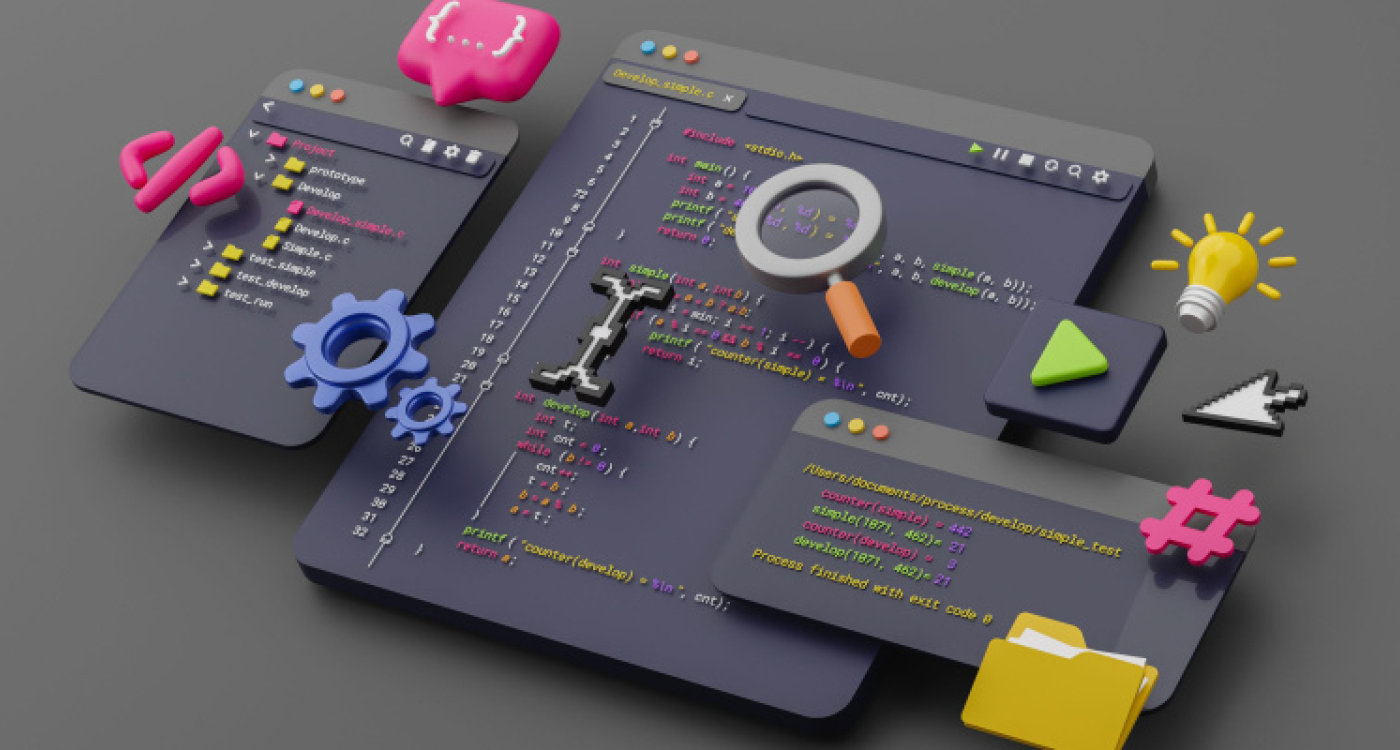In today’s digital age, mobile applications have become an integral part of our daily lives, serving as powerful tools for communication, productivity, entertainment, and more. Behind every successful mobile app lies a meticulous process of development, involving a blend of creativity, technical expertise, and strategic planning.
1. Ideation: Nurturing the Seed of Innovation
Every great mobile app starts with a compelling idea. Whether it’s solving a problem, meeting a need, or delivering a unique experience, the first step in the development process is to ideate and conceptualize the app. This involves brainstorming, market research, and validation to ensure that the idea has the potential to resonate with users and stand out in the crowded app marketplace.
2. Design: Bringing Ideas to Life
Once the concept is solidified, the next step is to bring it to life through design. This involves creating wireframes, mockups, and prototypes to visualize the app’s user interface and user experience. Designers focus on creating intuitive layouts, eye-catching visuals, and seamless interactions that engage users and enhance the overall usability of the app.
3. Development: Turning Vision into Reality
With the design in place, developers take over to turn the vision into reality. This involves coding, testing, and refining the app’s functionality, ensuring that it performs flawlessly across different devices and platforms. Whether it’s native development for iOS and Android or cross-platform development using frameworks like React Native or Flutter, developers work tirelessly to create a smooth and responsive app experience.
4. Testing: Ensuring Quality and Reliability
Quality assurance is a critical phase in the mobile app development process. Testers rigorously evaluate the app for bugs, glitches, and performance issues, conducting various tests such as functional testing, usability testing, and compatibility testing. Through meticulous testing and iteration, developers strive to deliver a high-quality app that meets the expectations of users and exceeds industry standards.
5. Deployment: Launching to the World
With the app polished and perfected, it’s time to launch it into the world. Developers submit the app to the respective app stores (e.g., Apple App Store, Google Play Store) and await approval. Once approved, the app is made available for download to millions of users worldwide, marking the culmination of months of hard work and dedication.
6. Post-Launch: Iteration and Improvement
The journey doesn’t end with the app’s launch; it’s just the beginning. Developers continue to monitor user feedback, analyze app performance metrics, and implement updates and enhancements to keep the app relevant and competitive in the ever-evolving mobile landscape. Through continuous iteration and improvement, developers ensure that the app remains a valuable asset to users and achieves long-term success.
Conclusion:
Mobile app development is a multifaceted journey that requires collaboration, creativity, and technical expertise. From the initial spark of an idea to the final launch and beyond, the process of building a mobile app is a testament to the power of innovation and ingenuity. Whether you’re a seasoned developer or a budding entrepreneur, the world of mobile app development offers endless opportunities for creativity, growth, and impact.














